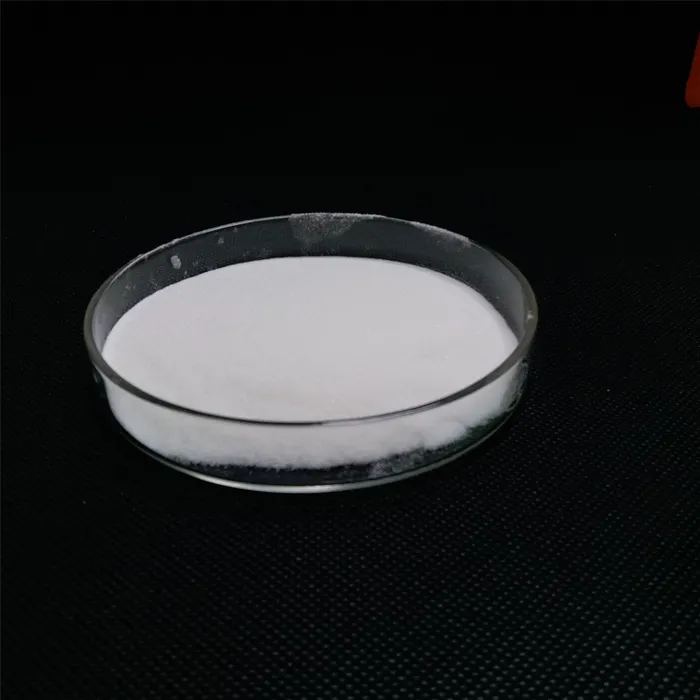The Role of Water Treatment Polymers in Modern Water Management
Water is an essential resource for all forms of life on Earth. However, with rising pollution levels and increasing population demands, the treatment of water to make it safe for consumption and reuse has become more crucial than ever. One significant advancement in this field is the use of polymers in water treatment processes. These versatile compounds play an essential role in flocculation, sedimentation, and other purification methods that enhance water quality.
Polymers are large molecules composed of repeating structural units, typically derived from petrochemical sources or natural resources. In the context of water treatment, they can be categorized into several types, including natural, synthetic, cationic, anionic, and non-ionic polymers. Each type has its unique characteristics and applications based on the specific treatment needs.
Flocculation and Coagulation
One of the primary applications of polymers in water treatment is in the processes of flocculation and coagulation. Coagulation involves the addition of chemicals to destabilize suspended particles in water. Polymers, particularly cationic and anionic types, are widely used as coagulants and flocculants. When added to water, these polymers help in aggregating tiny particles into larger masses called flocs, which can be easily separated from the water through sedimentation or filtration.
The efficiency of a polymer in flocculation depends on several factors, including its charge, molecular weight, and dosage. High molecular weight polymers are typically more effective in forming flocs, as they can bridge multiple particles, enhancing the aggregation process. Consequently, the choice of polymer can significantly influence the overall effectiveness of a water treatment system.
Improved Settling Rates
water treatment polymer

Another advantage of using polymers in water treatment is the improvement of settling rates. After floc formation, the flocs need to settle out of the water column. Polymers can enhance this process by increasing the size and density of the flocs, leading to faster sedimentation. This is especially valuable in wastewater treatment plants, where efficient separation of solids from liquids is necessary to meet regulatory standards and to minimize environmental impact.
In addition to their role in sedimentation, polymers also aid in the filtration of water. As water passes through filtration systems, the presence of flocculants can prevent clogging of filters and enhance the overall efficiency of the purification process.
Environmental Impact and Sustainability
As societies strive for sustainable practices, the environmental impact of water treatment methods becomes a significant concern. Many modern polymers used in water treatment are designed to be biodegradable or have a reduced environmental footprint. Additionally, the effectiveness of using polymers can lead to lower dosages of other chemicals, minimizing chemical waste and reducing the risk of harmful residues in treated water.
Innovations in polymer technology continue to propel advancements in water treatment. Researchers are exploring bio-based and environmentally friendly polymers as alternatives to traditional synthetic options. These developments not only align with global sustainability goals but also address the increasingly stringent regulations regarding water quality.
Conclusion
In conclusion, water treatment polymers are indispensable tools in the quest for clean and safe water. Their ability to facilitate flocculation, promote efficient sedimentation, and improve filtration processes underscores their significance in water management strategies. As the demand for clean water grows alongside environmental concerns, the continued exploration and development of polymers hold promise for enhancing water treatment technologies. By leveraging these materials, the industry can work towards ensuring a sustainable water supply for future generations, meeting both present and future challenges in water quality management.

